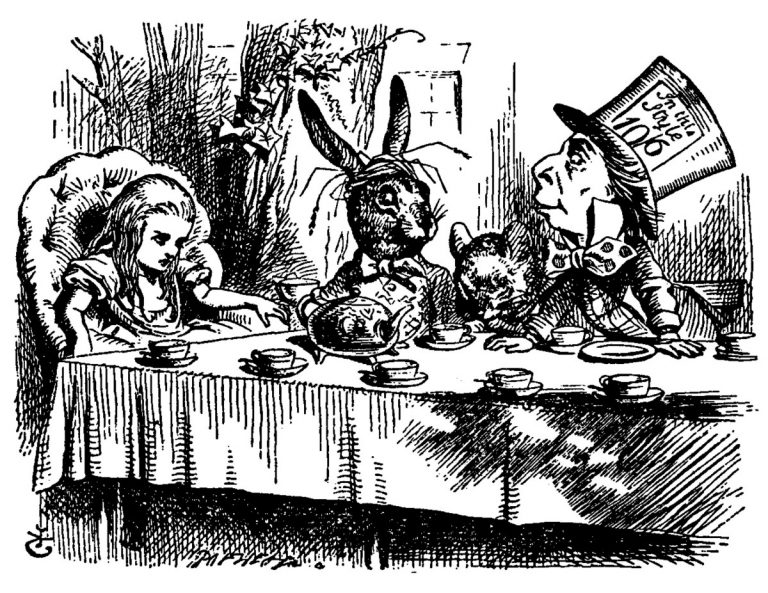“If there were a theory of the fantastic such as there is in the case of logic, then we would be able to discover the art of inventing stories”.
Novalis (1772-1801), Frammenti (Fragments)
This quote inspired Gianni Rodari to write The Grammar of Fantasy (1973). While working with very young children, Rodari completed his project of compiling the procedural techniques and strategies that he called the “logic of the fantastic.” The invention is that category of literature (and of art as a whole) that leaves us with our mouths hanging open, arousing amazement.
Without amazement or wonder, there is no literature. Without taking the reader out of the comfort zone of reality, literature would not exist. No matter the genre, the language of literature works by pulling the reader out of his known surroundings and taking him to another world in a newly invented vessel.
Some theorists have christened this adventure the “de-automatization of language,” where language is no longer a “toolbox” but functions by fueling itself with life, turning inward and outward, reinventing itself.
It can provoke no less than amazement, or wonder. If we look for an image of a child reading, whatever comes to mind is almost surely accompanied by a sighing, “ahhhhhhhhhhhhhh”. Without a doubt, the first step towards taking pleasure in literature is the experience of wonder.
I asked two women writers about the experience of wonder in books and in childhood, and asked them to choose an example that came to mind to illustrate their words. And, indeed a “wonderful” coincidence occurred.
“To provoke wonder or amazement is the minimum necessary for a children’s book to become, in addition [to a story], good literature. To have that unexpected effect of undoing the everyday and reassembling the chaos of the world into a meaningful story. Wonder is sometimes part of the language and sometimes part of the story that is being told: it is in the writing, the selection of events narrated, and their order. Sometimes both of these forms of wonder come together in a single, marvellous text, as in Alice in Wonderland. Sometimes it is in the story, such as Sergio Aguirre’s El hormiguero [The Anthill]. Or in the sardonic and crazy language of Ema Wolf in Pollos de campo [Free range chickens] …”

“Recreating wonder at the beauty and ferocity of the world is, without a doubt, one of the quests of literature and art in general. In children’s books, this sense of wonder is deepened and becomes palpable. A piece of children’s literature, if successful, leads us to recreate a child’s amazement at the mysteries of the world, that wonderful experience of looking at everything with new eyes, as if it were ‘the first time’.
The book that allows us to inhabit that wonder on each of its pages is the famous novel by Lewis Carroll: Alice’s Adventures in Wonderland, where the reader accompanies the main character through a magical universe that breaks the laws of logic and reality.”


Adriana Fernández (Buenos Aires, 1970) graduated from the Instituto Nacional del Profesorado “Joaquín V. González” as a teacher in Spanish, Literature and Latin. She has taught at the Universidad Nacional de General Sarmiento (UNGS), the Universidad Nacional de Lomas de Zamora and the Universidad de Buenos Aires. She is the publishing manager of Grupo Planeta in Argentina.
